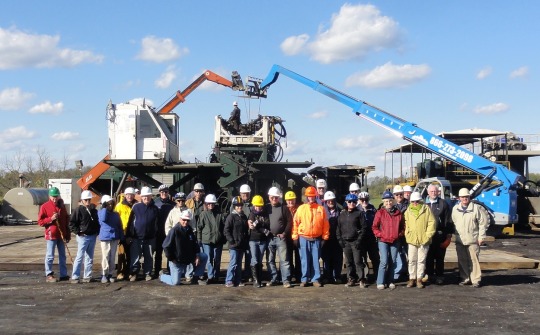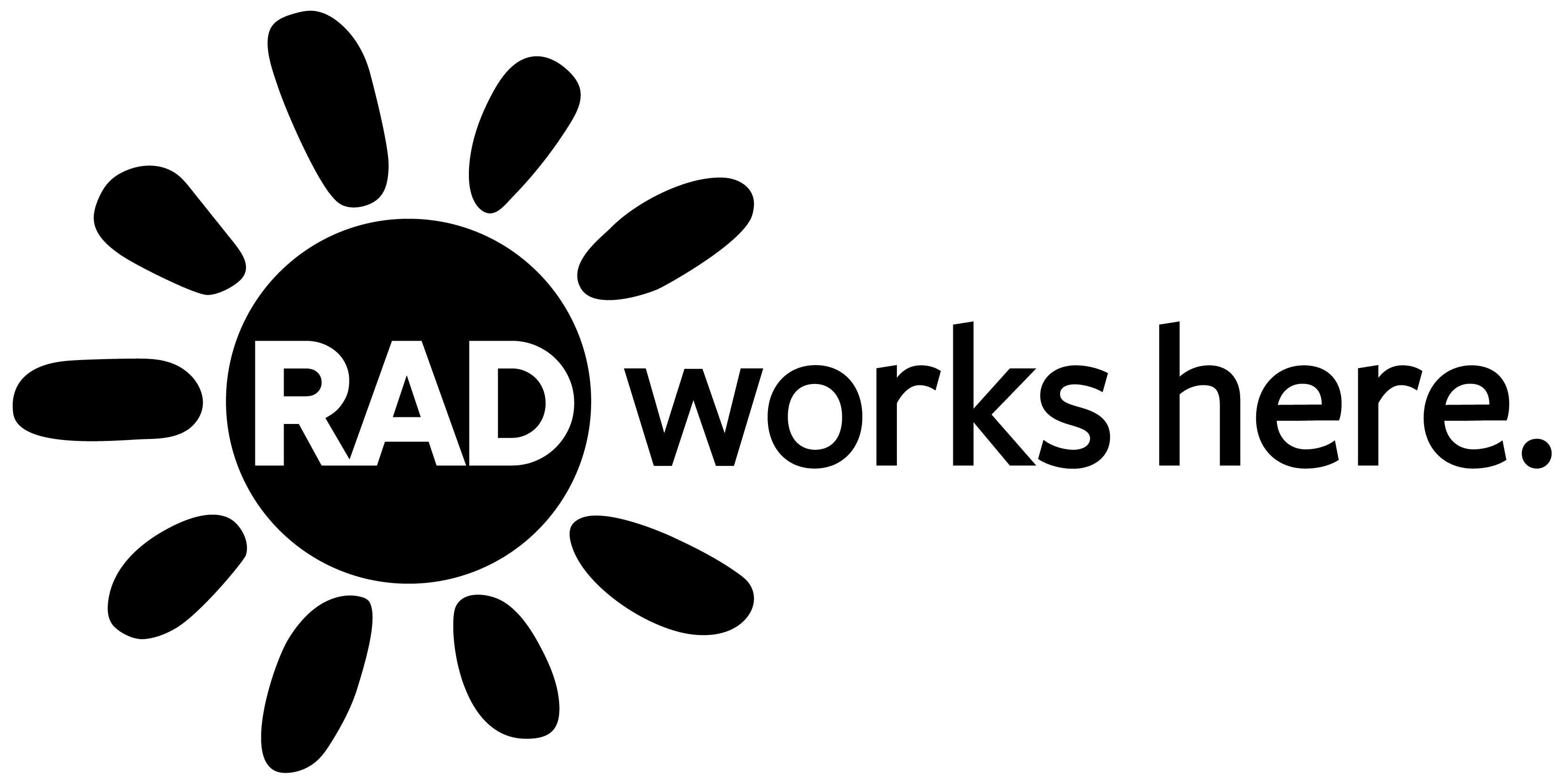By Albert Kollar
What makes an ideal volunteer at the Carnegie Museum of Natural History? Maybe the question should be how does one find a volunteer? For the Section of Invertebrate Paleontology, it was with luck and timing. In 2002, I met Sam in Benedum Hall of Geology, who recently retired and was looking to learn about Pittsburgh geology and fossils. Sam with a Ph.D. in metallurgy had minored in geology in college in London. To train a volunteer without a background in fossils requires time and patience. With Sam it was easy, as he already was familiar with the scientific method. More luck and timing followed when two retired engineers Earl and Rich joined us. Our quartet was complete when Vicky arrived soon after. By then, we recognized what type of volunteer will work for us going forward.
When the section formed the PAlS Program in 2004 we gained many more volunteers over the years. PAlS (Patrons and lauradanae Supporters) is a section geology program that offered lectures on western Pennsylvania geology, fossil field trips, and in lab fossil workshops to the membership. We soon discovered that many PAlS members wanted to help in ways outside the museum. We refer to these volunteers as the section’s ambassadors because they invest their time into promoting what the section and museum can offer to the region. Some volunteers helped with financial support and collaborative projects with the Pittsburgh Geological Society, the Montour Trail Council, and the Allegheny County Parks – North Park.

From 2002 to 2018 the thirty-three volunteers contributed much to the section and museum. First and foremost is their dedication to assisting with the curation of the section’s fossil groups. These include fossil corals, bryozoans, brachiopods, mollusks, ammonites, echinoderms, and gastropods. Some volunteers published peer reviewed papers based on the section’s fossils. Other worked with the section staff to publish 21 PAlS Geology Guides. The former section curator John L. Carter and his wife Ruth provided financial support for field work and to publish the PAlS Guide No. 8, Geology and Fossils of the Tri-State Region Coloring Book Guide for school groups.
The professional backgrounds of the volunteers create knowledge that the section can use in its mission. For instance, the twenty-seven adults’ working careers varied from paleontologists and geologists, to medical doctors and a dentist, earth science teachers, teachers, museum docents, architecture historian, an author, an accountant, and a pharmacist assistant. Several of our volunteers were former graduate students with me (Dave, John, Henry and Roman) in the Department of Geology of the University of Pittsburgh. We are often referred to as Bud’s Men, in honor of the late Professor of Paleontology H.B. Rollins who was a volunteer as well.
We have had four college age volunteers who majored in geology. I am happy to report they found employment in the sciences or their chosen fields. Two high school volunteers who received their early start in fossils are doing very well. One is employed as a consultant in the health industry. The other is attending undergraduate college in Massachusetts. During the summer, she is a part-time research assistant in the section helping with our research projects.
As a final tribute here is the list of names: Bob, Bud (deceased), Chrissy, Dakota, Dan, Dave and Lauradanae, Earl, Ed, John, John and Ruth (both deceased), Harlan, Henry, Irina, J.J., Karen, Kay, Kendall, Laurie, Matt, Pam, Peter, Ray, Rich, Roman, Sam (deceased), Tamara, Tara, Thad, Valerie, Vicky, and Will. Thank you volunteers. Albert D. Kollar Section of Invertebrate Paleontology.
Albert D. Kollar is the Collection Manager in the Section of Invertebrate Paleontology at Carnegie Museum of Natural History. Museum employees are encouraged to blog about their unique experiences and knowledge gained from working at the museum.
